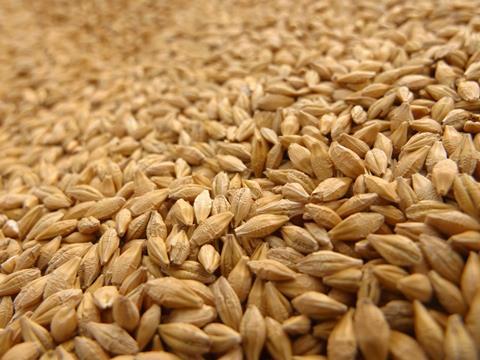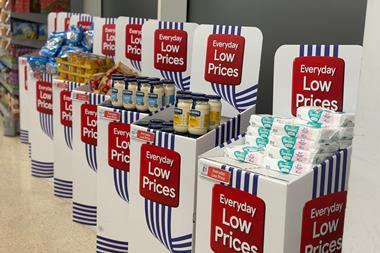
Food manufacturers should benefit from lower wheat prices this year, with early forecasts pointing to a ‘reasonably big’ new season crop.
UK wheat futures have already fallen “quite considerably” from the highs seen last summer, when the Europe-wide heatwave hit yields on the continent, contributing to a “general tightness” in global wheat markets, says James Webster, senior analyst for AHDB Market Intelligence.
“We were looking at prices of £200/tonne on futures markets back in August, and now the nearby market is sitting more around the £160-£165/tonne mark,” he adds.
“We’ve seen a bigger build-up in stocks than expected, particularly in the US on the back of slow exports, which has pushed futures prices down.”
Delivered and ex-farm wheat prices haven’t declined to the same extent, reflecting ongoing supply tightness in some regions of the UK.
However, supplies should be boosted by the new season crop, which is set to be “reasonably big” this year, according to Webster.
AHDB’s early bird survey in December suggests the UK area planted to wheat for harvest in 2019 is around 1.871Mha - the biggest since 2014.
“We had a really good open autumn this year, which has allowed people to plant what they planned to plant instead of having to fall back on other options when it gets damp, so we’ve seen an increased area,” Webster says.
If yields return to average, that would result in a UK wheat crop of around 15 million tonnes in 2019/20, compared with just under 14 million tonnes last year, he predicts.
However, “a lot could happen” between now and the new crop harvest, he stresses, with the weather from now until June set to play a “really important” role in determining yields.



















No comments yet